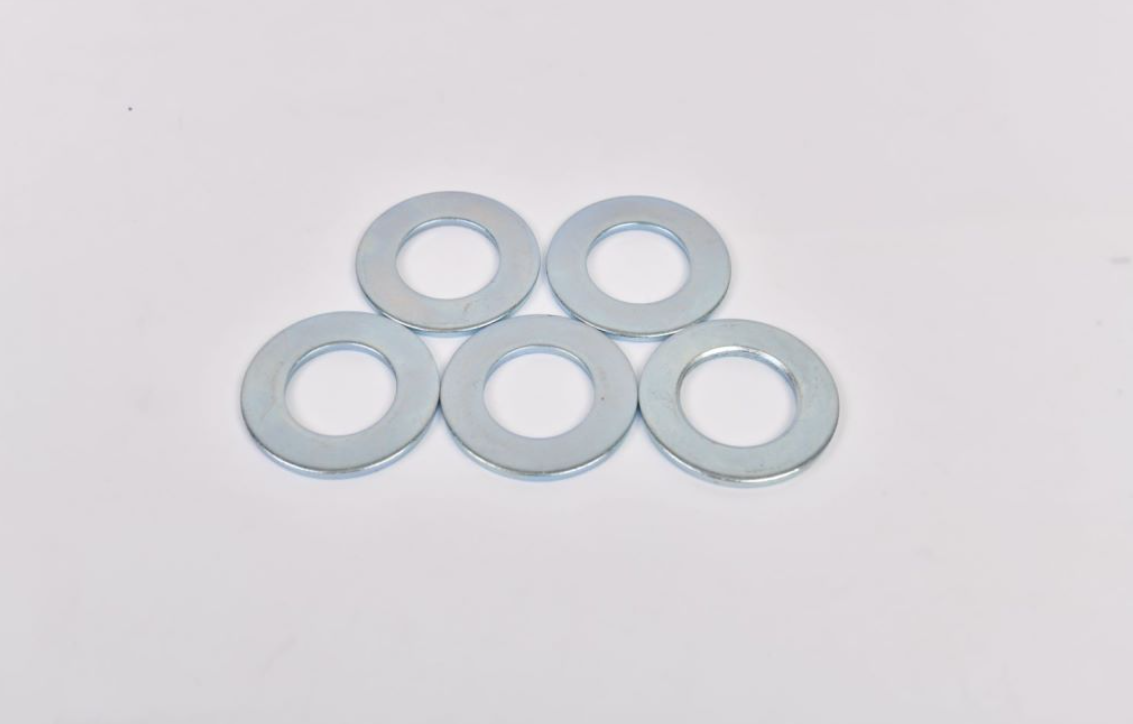Self-Drilling Grub Screws for Secure and Efficient Fastening Solutions
Self-Tapping Grub Screws An Overview
Self-tapping grub screws are specialized fasteners designed to secure components in various applications without the need for pre-drilled holes. Their unique characteristics make them indispensable in numerous industries, from mechanical engineering to electronics and furniture manufacturing. Understanding the design, functionality, and applications of self-tapping grub screws can help both professionals and DIY enthusiasts make informed decisions when it comes to fastening solutions.
Design and Functionality
Self-tapping grub screws are typically cylindrical in shape, featuring a hexagonal socket head that allows for easy installation using a hex key. One of the most defining features of these screws is their tapered tip, which helps the screw penetrate the material without the necessity of a pilot hole. The thread design is engineered to engage with the material, effectively creating a strong hold as the screw is driven in.
Manufactured from various materials, including stainless steel, carbon steel, and brass, self-tapping grub screws are available in different sizes and thread types to accommodate various applications. The choice of material and coating affects corrosion resistance and tensile strength, making it crucial to choose the right type based on the working environment.
Applications
Self-tapping grub screws are widely used across diverse sectors due to their versatility. In mechanical assemblies, they serve to lock parts together, such as gears, bearings, and other components, providing precise adjustments. In the electronics industry, they are often found securing circuit boards, connector housings, and other delicate parts, where precision and reliability are paramount.
In furniture manufacturing, these screws play a crucial role in assembling pieces without visible fasteners, allowing for a cleaner aesthetic. Grub screws are often used in adjustable furniture, such as tables and chairs, enabling easy modification of height or angle.
self tapping grub screw

Moreover, self-tapping grub screws find applications in automotive and aerospace industries, where their ability to withstand vibration and different load conditions is essential.
Installation and Best Practices
Installing self-tapping grub screws requires specific techniques to ensure maximum effectiveness. It is recommended to use a torque wrench to apply the required amount of torque during installation, thus avoiding over-tightening, which can strip the threads or damage the material being fastened.
Before installation, it is advisable to check the material thickness and the appropriate screw length. Using screws that are too long can lead to damage, while those that are too short may not provide adequate hold. Additionally, avoiding cross-threading during installation is crucial, as it compromises the screw's grip and functionality.
Conclusion
Self-tapping grub screws are essential fasteners that offer a blend of convenience and effectiveness across numerous applications. Their self-tapping design eliminates the need for pre-drilling, saving time and reducing labor costs. As industries continue to evolve, the demand for reliable fastening solutions like self-tapping grub screws will remain vital.
Whether you are a professional engineer or an enthusiastic DIYer, understanding the attributes and applications of self-tapping grub screws will enhance your ability to select the right fasteners for your projects. The right choice of grub screw can significantly impact the durability and performance of the final product, showcasing the importance of these small yet powerful components in modern construction and manufacturing.
-
Top Choices for Plasterboard FixingNewsDec.26,2024
-
The Versatility of Specialty WashersNewsDec.26,2024
-
Secure Your ProjectsNewsDec.26,2024
-
Essential Screws for Chipboard Flooring ProjectsNewsDec.26,2024
-
Choosing the Right Drywall ScrewsNewsDec.26,2024
-
Black Phosphate Screws for Superior PerformanceNewsDec.26,2024
-
The Versatile Choice of Nylon Flat Washers for Your NeedsNewsDec.18,2024










